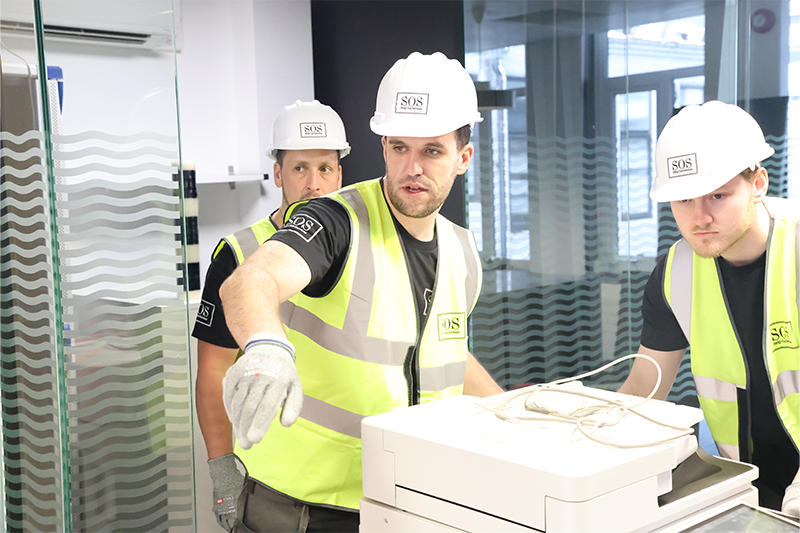
Whether you’re planning a residential strip out, a commercial strip out, or an industrial strip out, understanding and following London’s regulations in 2025 is essential. Strip out works are more than just the removal of fixtures or internal partitions; they require proper planning, safety protocols, and compliance with local authority guidelines to avoid fines, delays, or safety risks.
This guide outlines the key regulations and compliance considerations for any strip out project in London.
What is a Strip Out?
A strip out is the process of safely removing non-structural elements of a building, such as ceilings, flooring, internal walls, mechanical systems, and fittings without affecting the main structure. These works are commonly carried out to prepare spaces for renovation, lease handovers, or complete refurbishments.
Whether it’s a residential, commercial, or industrial property, striping out must be done professionally and responsibly, especially in London, where regulation and environmental standards are high.
Do You Need Permissions?
For most strip out works, planning permission is not required—unless:
- The building is listed
- The property lies within a conservation area
- The strip out is part of a larger redevelopment requiring structural alterations
In such cases, you may need to submit a planning application or obtain listed building consent. Always check with your local council before beginning work.
Health & Safety Compliance
All strip out works in 2025 must comply with the Construction (Design and Management) Regulations 2015 (CDM 2015). This includes:
- Appointing a Principal Contractor for managing site safety
- Conducting risk assessments and producing method statements
- Ensuring all operatives hold valid CSCS cards and relevant training
- Providing PPE and ensuring dust, noise, and vibration are controlled
- Securely managing asbestos, gas, and electrical disconnections
For larger or more complex industrial strip outs, additional regulations may apply around machinery removal, hazardous waste, and structural stability.
Environmental and Waste Disposal Requirements
London places strict controls on how strip out waste is handled. Materials must be sorted, with recycling and reuse prioritised. All waste must be removed by licensed carriers and disposed of at authorised facilities.
Some projects require a Site Waste Management Plan (SWMP), particularly for commercial and industrial sites. Failure to comply can result in enforcement action.
Conclusion
Carrying out a strip out in London in 2025 means more than just clearing space, it means working safely, legally, and responsibly. Whether it’s a residential strip out, commercial, or industrial, always ensure your contractor understands the regulations and is committed to full compliance from start to finish.




